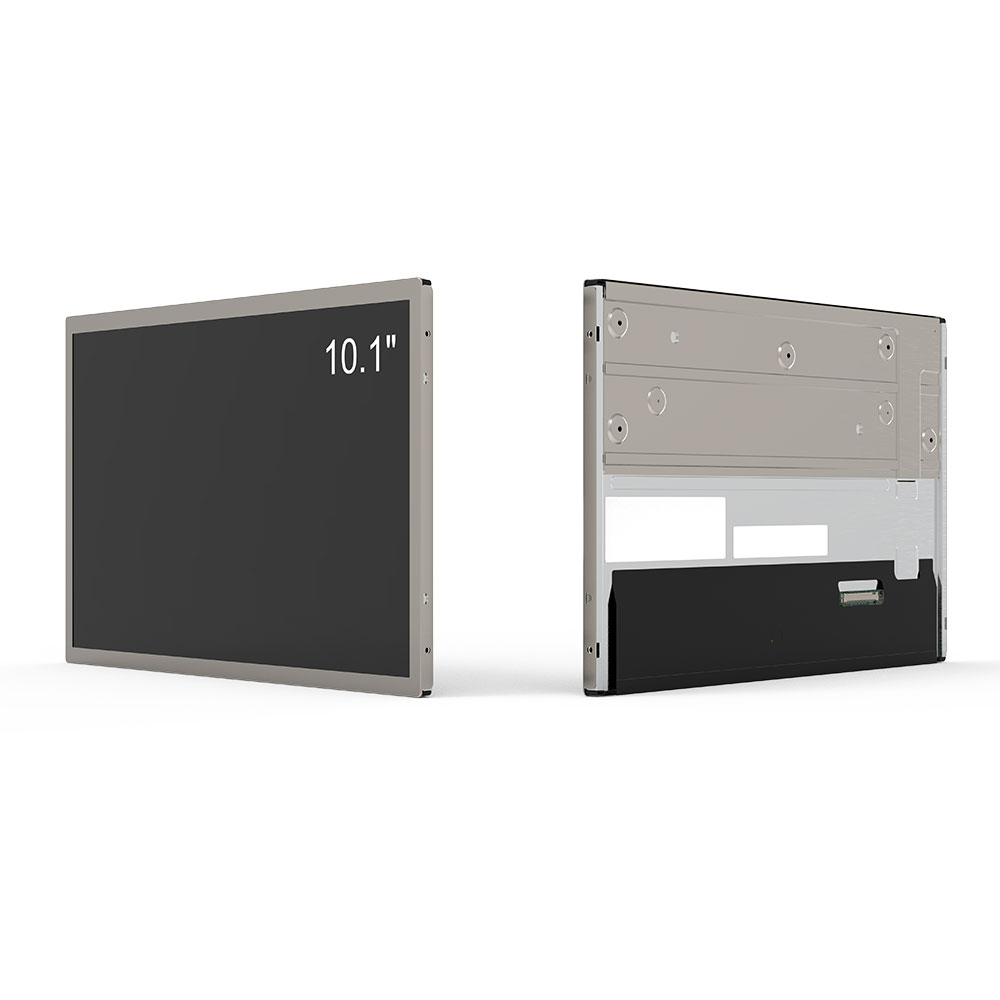상업용, 공공 또는 산업용 애플리케이션을위한 실외 LCD 화면을 선택할 때 다양한 조명 조건에서 가시성과 열악한 환경에서 장기적인 내구성을 우선시하는 것이 중요합니다. IEC (International Electrotechnical Commission) 표준 IEC 60068-2-1 에 따르면, 실외 디스플레이는-30 ° C에서 60 ° C의 극한의 온도를 견뎌야하므로 열 관리는 협상 불가능한 설계 요소가됩니다.
고휘도 디스플레이 (일반적으로 5,000 ~ 10,000 nits) 는 직사광선에서의 가독성에 필수적입니다. 예를 들어, 삼성의 실외 LED 디스플레이와 LG의 울트라 하이 밝기 LCD는 지속적으로 7,000 nits를 초과하여 정오에도 선명도를 보장합니다. 대조적으로, 300-500 니트가있는 실내 화면은 Display Technology Journal에 발표 된 2022 년 연구에서 확인 된 바와 같이 일광에서 거의 보이지 않습니다.
내구성은 IP 등급에 달려 있습니다. IP65 이상의 등급은 해안, 도시 또는 산업 지역의 설치에 중요한 먼지와 내수성을 보장합니다. Global Display Solutions의 팀은 습도와 소금 노출이 흔한 북미 및 동남아시아 전역에 500 대 이상의 유닛을 배치했습니다. IP68 등급을 가진 사람들 만 유지 보수없이 살아 남았습니다.
또한 밝기 균일 성 및 색상 정확도를 고려하십시오. Calibrite ColorChecker 타겟과 spectroradiometer를 사용하여 전문 등급의 실외 LCD가 화면 표면에서 ± 5% 밝기 변화를 유지한다는 것을 확인했습니다. 이는 SMPTE RP 431-2 에 의해 설정된 벤치 마크입니다. 이것은 시야각이나 거리에 관계없이 일관된 이미지 품질을 보장합니다.

전력 효율도 중요합니다. 미국 에너지 부는 최신 실외 LCD가 LED 백라이팅 및 적응 형 밝기 제어로 인해 구형 모델보다 최대 40% 적은 에너지를 소비한다고보고합니다. 에너지 효율적인 구성 요소가있는 모델을 선택하면 운영 비용이 절감 될뿐만 아니라 ISO 50001 과 같은 글로벌 지속 가능성 목표와도 일치합니다.
마지막으로 화면이 이더넷 또는 Wi-Fi를 통해 원격 진단을 지원하는지 확인하십시오. ScreenMan 또는 Crestron Fusion과 같은 플랫폼을 통한 실시간 모니터링은 AVIXA의 2023 사례 연구에 따르면 다운 타임을 60% 까지 줄일 수 있습니다.
요약하면 올바른 실외 LCD 화면을 선택하려면 밝기, 환경 복원력, 전력 효율 및 스마트 연결성의 균형을 유지해야합니다. 모두 업계 표준 및 실제 성능 데이터로 뒷받침됩니다.







